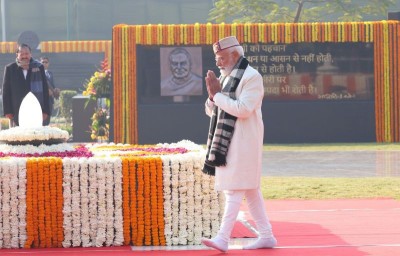El Nino to effect India
"Latest forecast from a majority of the models also indicate warming trend in the sea surface temperatures over the equatorial Pacific reaching to El Nino level during the southwest monsoon season with a probability of around 60%," read the statement issued by the India Meteorological Department and Earth System Science Organisation (ESSO).
Accordingly, the experimental ensemble forecast based on IMD SFM indicates that the rainfall during the 2014 monsoon season (June to September) averaged over the country as a whole is likely to be 88 percent with a margin for error of plus or minus five percent of long period average (LPA).
The statement said: "Quantitatively, the monsoon seasonal rainfall is likely to be 95% of the Long Period Average (LPA) with a model error of ± 5%. The LPA of the season rainfall over the country as a whole for the period 1951-2000 is 89 cm."
Support Our Journalism
We cannot do without you.. your contribution supports unbiased journalism
IBNS is not driven by any ism- not wokeism, not racism, not skewed secularism, not hyper right-wing or left liberal ideals, nor by any hardline religious beliefs or hyper nationalism. We want to serve you good old objective news, as they are. We do not judge or preach. We let people decide for themselves. We only try to present factual and well-sourced news.







